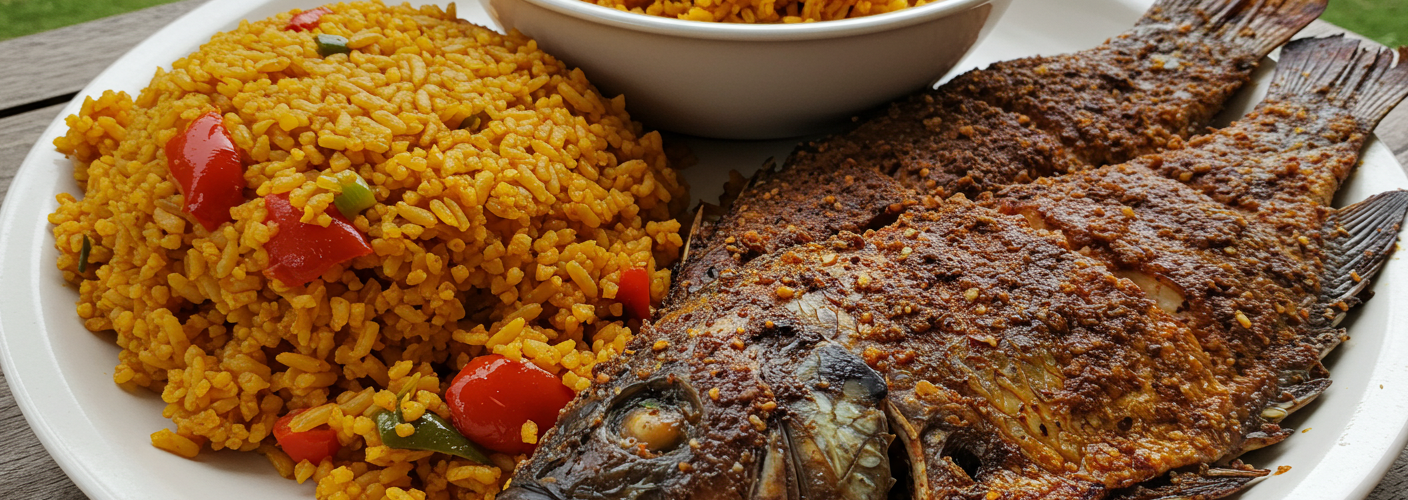When it comes to culinary delights, Ghanaian food offers a vibrant and diverse experience that reflects the country’s rich cultural heritage. Nestled in West Africa, Ghana boasts a variety of ingredients, flavors, and cooking techniques, influenced by the regions’ history, traditions, and the fusion of various ethnic groups. Whether preparing meals for daily sustenance or celebrating special occasions, food in Ghana plays a pivotal role in bringing people together.
One of the most iconic staples in Ghanaian cuisine is jollof rice. This beloved dish consists of rice cooked in a rich, savory tomato sauce and flavored with a mix of spices, including garlic, ginger, and chili peppers. Traditionally served at parties and gatherings, jollof rice is often accompanied by grilled chicken, beef, or fish, making it a favorite for both locals and visitors alike. Each region of Ghana has its unique twist on jollof, sparking friendly debates about which version reigns supreme.
Another hearty staple is fufu, a starchy side dish made from cassava and plantains, or sometimes yams. The ingredients are boiled and pounded together until a smooth, elastic texture is achieved. Fufu is typically served with a variety of soups and stews, such as light soup or groundnut soup. The experience of eating fufu is as much about the texture and the communal aspect as it is about the flavors.
Soups and stews are integral to Ghanaian meals, with groundnut soup being a standout. Made from groundnuts (peanuts), palm oil, and spices, this creamy soup pairs perfectly with fufu and is both satisfying and nourishing. Another beloved option is palava sauce, a spinach and garden egg dish often enjoyed with boiled plantains or rice. These dishes not only highlight local ingredients but also reflect the importance of communal eating in Ghanaian culture.
Fish, especially in coastal regions, plays a significant role in Ghanaian diet. Smoked fish is particularly popular, lending a unique flavor to soups and stews. Kokonte, often referred to as “face the wall,” is another notable dish made from dried cassava flour, which is reconstituted with water and often enjoyed with light soup or groundnut soup, emphasizing the country’s agricultural bounty.
Ghanaian dishes often celebrate the country’s agricultural products, showcasing diverse ingredients like yam, cassava, rice, and legumes. Street food culture is also vibrant, with vendors offering treats such as kelewele (spicy fried plantains), chinchinga (kebabs), and bofrot (fried doughnuts). These street foods provide a quick, delicious way to experience local flavors with the warmth of community interaction.
Desserts often take a backseat in traditional Ghanaian cuisine, but options like rice balls and groundnut soup, as well as fresh fruit, are favored for their refreshing qualities.
Visiting Ghana is truly an opportunity to indulge in an array of flavors and traditions that speak to the nation’s identity. From family gatherings to festive celebrations, food is a central part of Ghanaian life, symbolizing unity, culture, and deep-rooted traditions. Whether sampling jollof rice or fufu, each dish tells a story, inviting everyone to share in the rich culinary heritage of Ghana.




Add comment